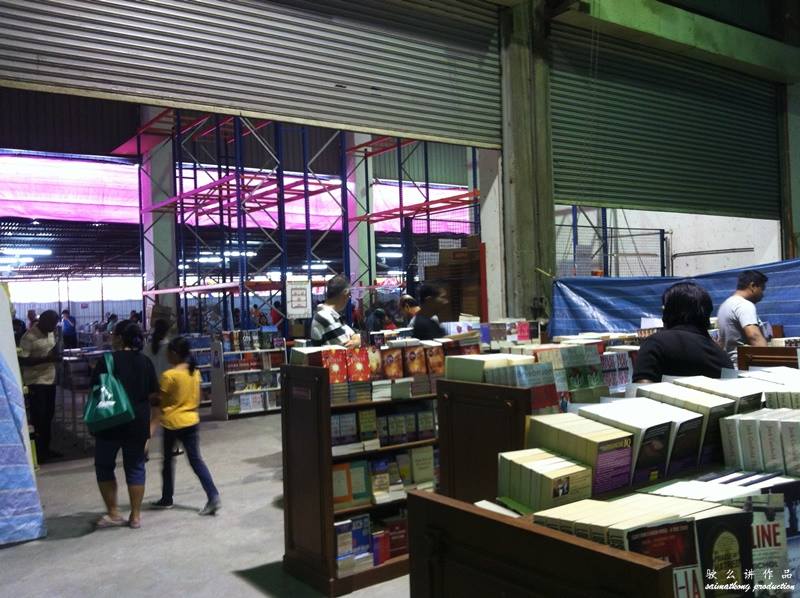

Could Amazon be the canary in the coal mine for a broader slowdown in industrial demand? It’s possible, though so far there are no signs of it.Īs for Amazon’s immediate intentions, sensationalist headlines that Amazon is canceling leases requires some clarification. It will be important to watch the increasingly uncertain macroeconomic environment closely and monitor whether other users are also looking to sublease space or cease expansion. Indeed, REITs gave some indication of their expectations for earnings in 2022 after Amazon’s announcement, providing visibility for their outlooks that was inclusive of a slowdown. Industrial real estate investment trust (REIT) CEOs and leasing brokers have long considered waning leasing demand from Amazon to be old news, claiming that it had been anticipated and penciled into future forecasts. Year to date, the company’s share of leasing has fallen to just 3.3%, back to levels seen in 2018. industrial leasing, falling sharply to 5.2% in 2021. In 2020, Amazon comprised 14% of overall U.S. “Industrial REITS: AMZN news is not new information Industrial is a buying opportunity,”. Source: Janus Henderson Investors, BofA Global Research. It is clear that such a rate of change in warehouse leasing in such a short space of time was never going to be repeated.Īmazon’s % of U.S. While this growth was stratospheric, it was perhaps also rational given the company’s ambition to build an unrivaled logistics system capable of delivering same-day packages to consumers across the U.S.

2 If Amazon’s first two decades in business sparked a revival of the modern warehouse sector, that 24-month period gave a glimpse into a golden age. The company effectively doubled its entire 25-year footprint in the space of two years. This was followed by a further 106 million square feet in 2021. In an attempt to control its own delivery network and amass an empire to rival the most dominant logistics companies, Amazon leased an eye-popping 127 million square feet in 2020. Amazon duly responded with a rampant expansion of its warehouse footprint. 1 The pandemic then fueled an extraordinary rise in e-commerce as consumer shopping habits pivoted. Prior to the pandemic, there was always a linear relationship between Amazon’s online retail sales growth and its industrial leasing activity, typically averaging 15% to 20% growth annually. However, its direct influence on the market peaked in 2020 following a historic boom in online shopping due to COVID-related lockdown measures. Headlines can of course shift investor perception, and although an Amazon scaleback is certainty not good news, some context helps provide better perspective.Īmazon has unquestionably been a leader in e-commerce and has become the largest tenant in the country, making the company a key driver of U.S. In April, Amazon announced during its first quarter earnings call that it had excess warehouse capacity and was temporarily halting growth plans as it seeks to “improve productivity and cost efficiencies.” Now, media outlets have reported that Amazon is planning to “cancel” warehouse leases, aiming to sublease at least 10 million square feet of space amid cooling sales growth. However, investors in industrial real estate have been spooked in recent weeks. In line with this, the large demand-supply imbalance has been supporting accelerating warehouse rents.

In a previous post, we talked about how the shift from just-in-time to just-in-case supply chains is a multi-year structural trend creating stronger demand for warehouses, accelerated by the structural rise of e-commerce.


 0 kommentar(er)
0 kommentar(er)
